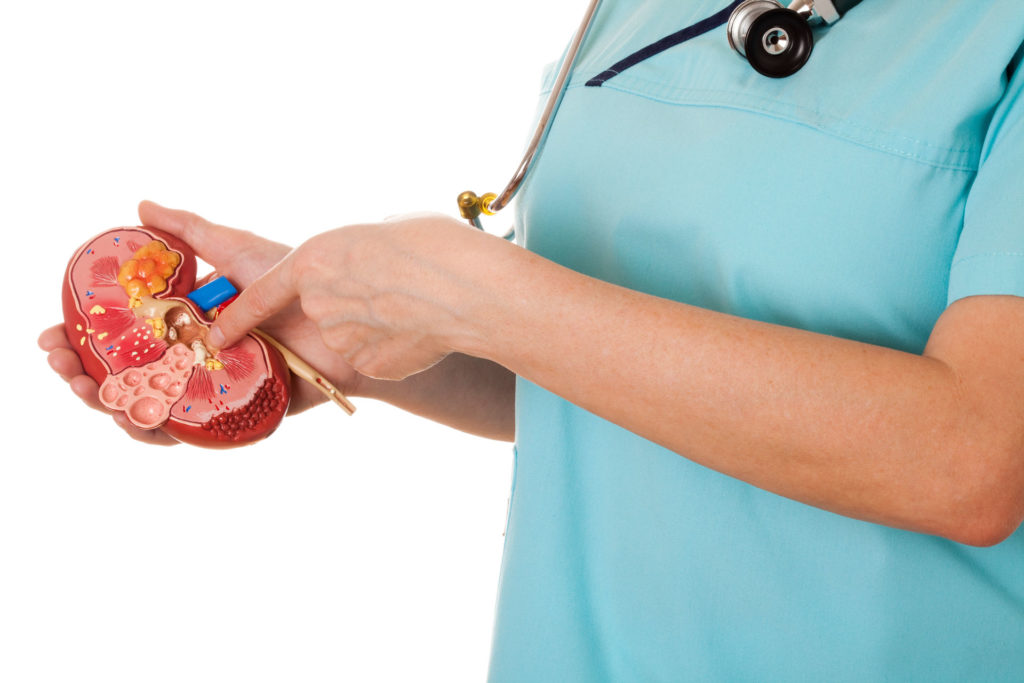Signs You Might Actually Have Kidney Stones
January 18 2018Nope, that’s not just a UTI.

Odds are, you take your ability to pee normally for granted. You just head to the bathroom when you have to go, do your thing, flush, and go about your life. So it’s understandable, then, that you wouldn’t give it much thought beyond that until things start to go wrong and you develop kidney stones symptoms.
But, if you’re not familiar with the symptoms of kidney stones, you can easily confuse them with other things, like a urinary tract infection or appendicitis. Clearly, the treatments are very different, which is why it’s so important to be aware of the most common kidney stones symptoms. Make sure to visit your GP for a health check if you are experiencing the following:
1. PAIN IN YOUR BACK, BELLY, OR SIDE
This happens because your ureter, the small tube that passes urine from your kidney to your bladder, is blocked with stones—and it doesn’t feel good. This can cause severe pain around your kidneys (which are located in the middle of your back), but that pain can radiate to your lower abdomen or thighs.
This usually happens when a stone is about to leave your ureter and enter your bladder. The action stimulates your bladder and irritates the heck out of it, making it uncomfortable to go No.1.
Like the inside of your mouth, the lining inside your kidney and bladder are sensitive. The stone either scratches the tissue or irritates it, causing the bleeding, which shows up in your pee.
This happens when the stone passes through the ureter. When this happens, it irritates your bladder, making you feel like you have to go a lot and often—even if you don’t.
This could be a sign that your kidney is obstructed, meaning the ureter is partially or totally blocked, preventing urine from making its way onto your bladder. The nerves to your intestines and kidney are shared, and a kidney obstruction can impact your digestive tract, making you feel nauseous and even vomit.
Obviously, having a fever and chills alone isn’t a sign of kidney stones, but if you have them with other symptoms above, it’s a sign that you have an infection (stones can act as a safe haven for bacteria) – and that becomes a medical emergency, and it needs to be treated immediately. If you experience a fever and chills along with the other tell-tale symptoms of kidney stones, get to the emergency room ASAP. Only once the stone is removed will doctors be able to clear up the infection with antibiotics.

